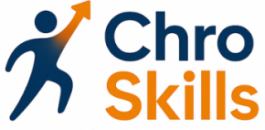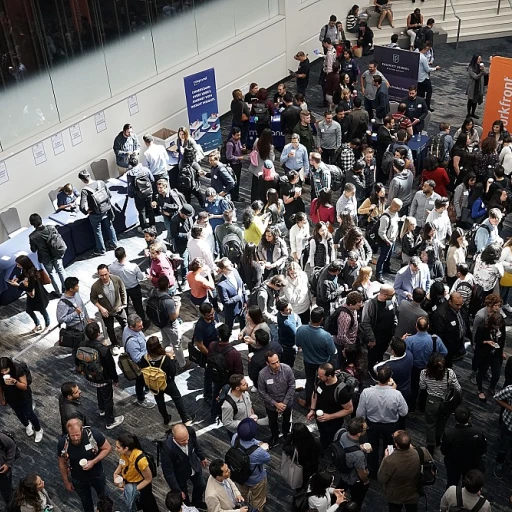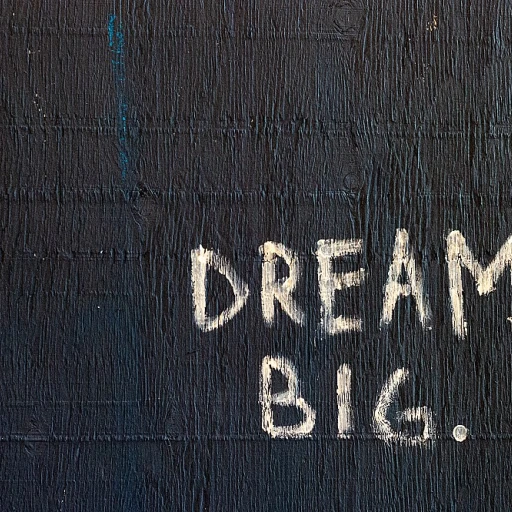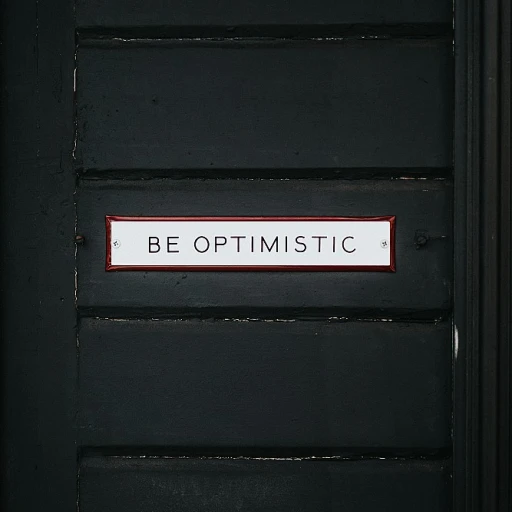
Understanding Group Dynamics
Grasping the Nuances of Team Dynamics
Understanding group dynamics is crucial for a Chief Human Resources Officer (CHRO) aiming to build a cohesive and successful work culture. Every organization is a mosaic of diverse personalities, values, and styles, and the effective management of these dynamics can significantly influence employee engagement and organizational development. CHROs need to recognize how various disc styles can influence interactions between team members. Identifying these behavioral patterns allows the organization to harness the power of diversity, fostering an environment where employees feel valued and understood. This understanding directly impacts team culture, as engaged employees are more committed to the company's long-term goals. A deep appreciation of team development stages can also enhance group cohesion. Leaders must guide teams through phases of forming, storming, norming, and performing. By doing so, they create a culture where members collaborate seamlessly, ensuring that the organization thrives. Evidence suggests that when teams work in harmony, they report higher levels of job satisfaction and remain with the company longer. Thus, prioritizing the understanding of group dynamics is not merely beneficial—it is essential for crafting a work culture where employees stay and prosper. For leaders seeking to cultivate emotional resilience within their teams and navigate team dynamics effectively, exploring the essential skills for leaders can offer valuable insights.Communication and Interpersonal Skills
Effective Communication and Building Interpersonal Connections
In the realm of human resources, communication is more than just the exchange of information—it's the cornerstone of fostering an inclusive and cohesive work culture. A Chief Human Resources Officer (CHRO) must excel in both verbal and non-verbal communication, understanding the nuances of different cultures and how they impact interactions within the team. Building interpersonal connections is crucial for any CHRO aiming to cultivate a positive company culture. By recognizing the diverse disc styles that exist among team members, a CHRO can tailor their approach to engage effectively with various parties. This not only enhances employee engagement but also encourages open dialogue, where team members feel valued and understood. Participation in team-building activities and regular feedback sessions can further strengthen these connections. By actively listening and providing constructive feedback, a CHRO can demonstrate leadership and a commitment to continuous improvement. This paves the way for ongoing learning development among employees, ensuring that they stay motivated and aligned with the organization’s values. A strong communication strategy is also integral in conflict resolution and mediation, setting the stage for long-term solutions that favor the entire group. Evidence suggests that when employees feel heard and their input is taken into account, they are more likely to stay engaged and contribute positively to the culture of the company. For more nuanced insights into the role of emotional intelligence in effective communication and interpersonal skills development, refer to our detailed exploration on emotional intelligence in HR. This resource offers in-depth guidance on leveraging emotional awareness to better navigate the complexities of team dynamics.Strategic Vision and Leadership
Fostering Visionary Leadership in Diverse Cultures
A Chief Human Resources Officer (CHRO) plays a pivotal role in shaping the future of a company by harmonizing strategic vision with a diverse group of employees. Cultivating a strong strategic vision is more than a mere declaration of organizational goals; it requires the ability to inspire and unite team members towards shared values and development objectives.
Leadership in this context isn't solely about authority but about crafting a cohesive group culture where all members feel included and motivated. With evidence pointing towards enhanced team engagement when top executives promote a shared vision, the CHRO must adeptly align the company's aspirations with employees' individual goals. This alignment motivates employees to stay and thrive within the organization.
Nurturing a culture where all group members understand and contribute to the work culture enhances long-term employee engagement. As such, a CHRO should embody a guiding presence, effortlessly navigating through cultural differences and utilizing diverse disc styles for guiding the team culture towards success.
To spearhead such leadership, strategic reasoning and planning skills are essential, as is the ability to bring group people together, building a unified company culture. These attributes are indispensable for fostering an environment that champions inclusivity and collaborates harmoniously across diverse cultures.
Expanding on this, mastering negotiation within this landscape is crucial. For further insight into developing strategic decision-making and visionary leadership, visit Mastering Negotiation Skills for CHROs.
Conflict Resolution and Mediation
Effective Handling of Disagreements in a Group Setting
Navigating conflicts is inevitable when managing a diverse team culture and guiding a cohesive group culture. A Chief Human Resources Officer (CHRO) plays a pivotal role in resolving these disputes. They need to maintain harmony and ensure that employees feel valued within the organization. Conflicts can arise from differences in values, cultural backgrounds, work styles, or simply personality clashes among team members. Successful conflict resolution requires patience, understanding, and a methodical approach. Here are some essential strategies for CHROs to address and mediate conflicts effectively:- Active Listening: Listen to the perspectives of all involved parties. Encouraging open dialogue allows employees to express their concerns and frustrations. This approach can reveal underlying issues that may affect the larger team culture.
- Objective Analysis: Identify the root causes of conflicts objectively. Avoiding bias ensures that all group members feel their concerns are equally acknowledged and addressed. This kind of transparency cultivates trust and reinforces employee engagement.
- Facilitation of Open Communication: Promote a culture where clear communication is standard practice. This encourages employees to voice issues before they escalate, fostering a proactive resolution environment.
- Utilizing DISC Styles: Understanding individual DISC styles can be highly beneficial. This model helps in recognizing different work styles and communication preferences, aiding in crafting personalized conflict resolution methods.
- Collaborative Problem Solving: Encourage team members to collectively brainstorm solutions. This involvement can promote a sense of ownership and unity within the team, enhancing overall group culture.
- Training and Development: Regular workshops and training sessions can equip team members with the necessary skills to manage disputes independently. Investing in learning development not only aids in long-term resolution strategies but also empowers employees.













